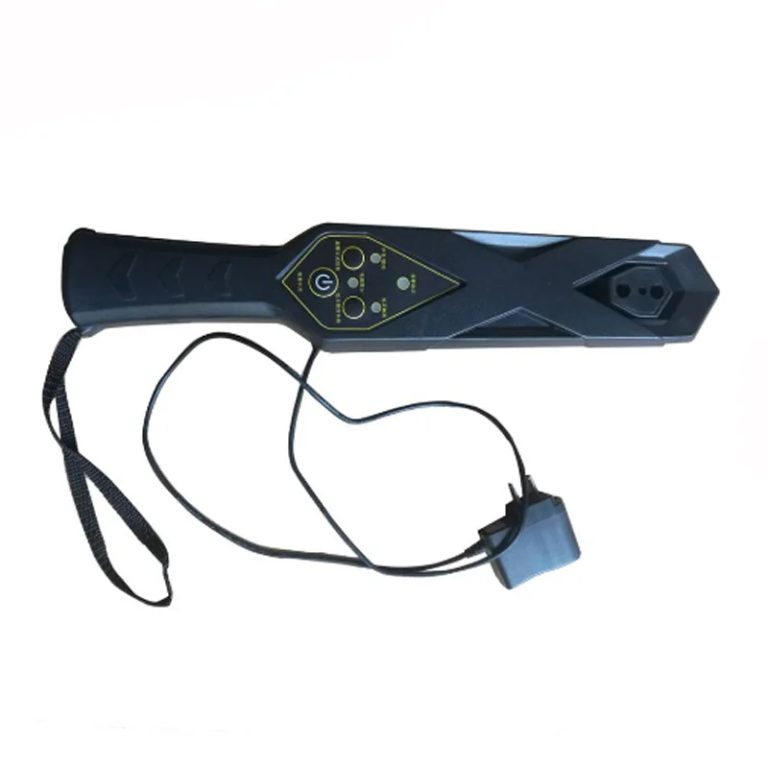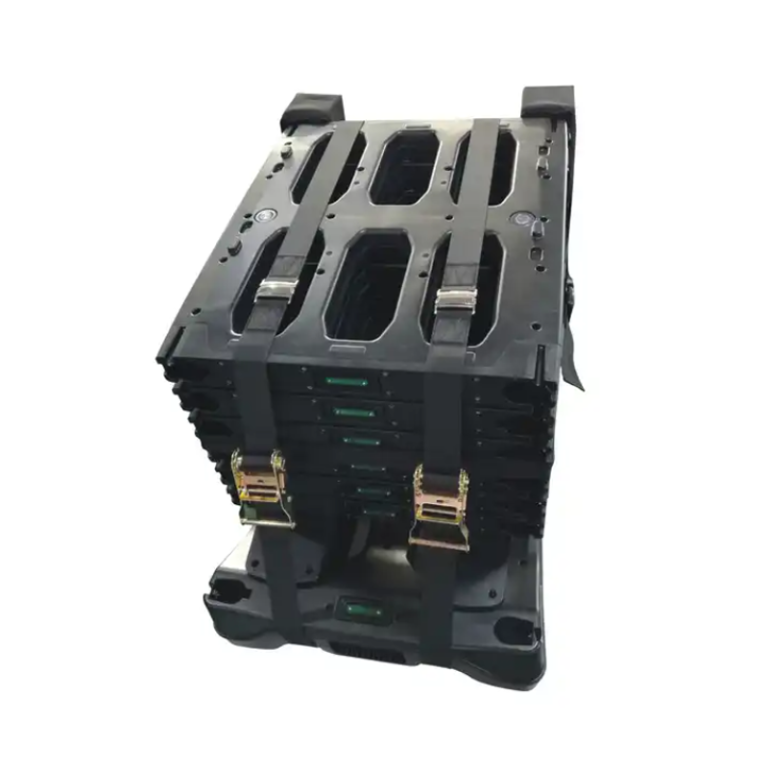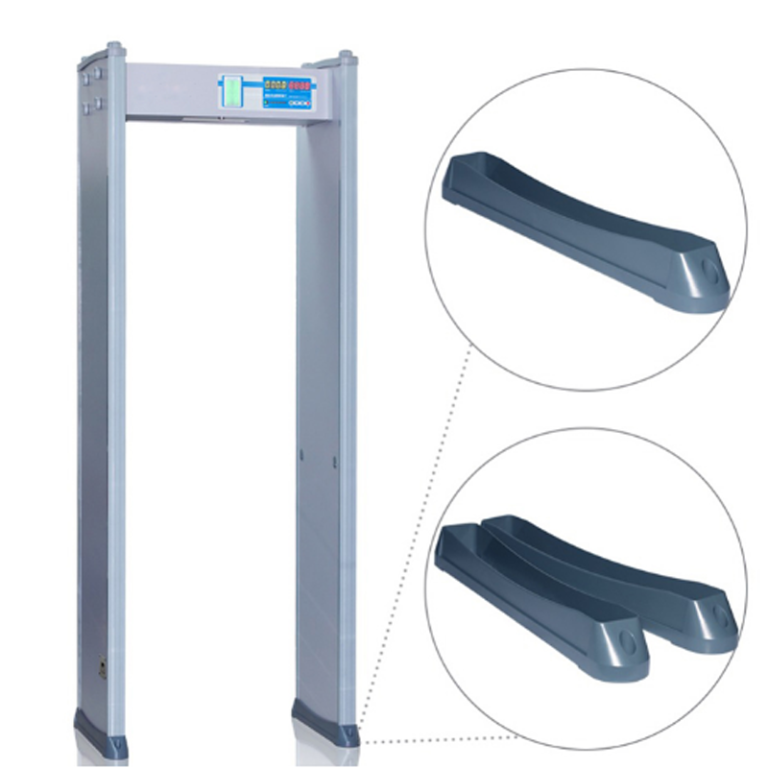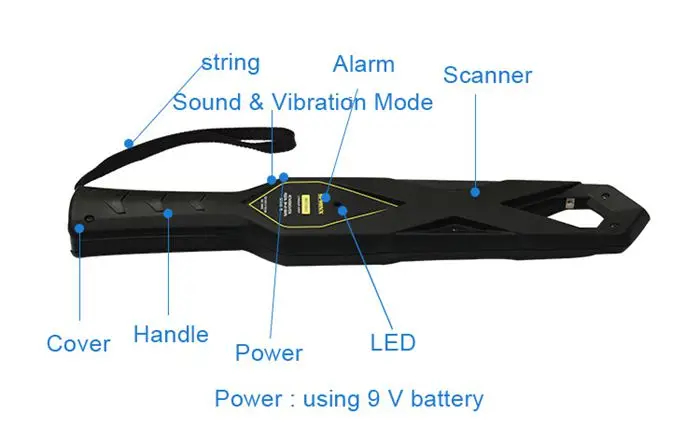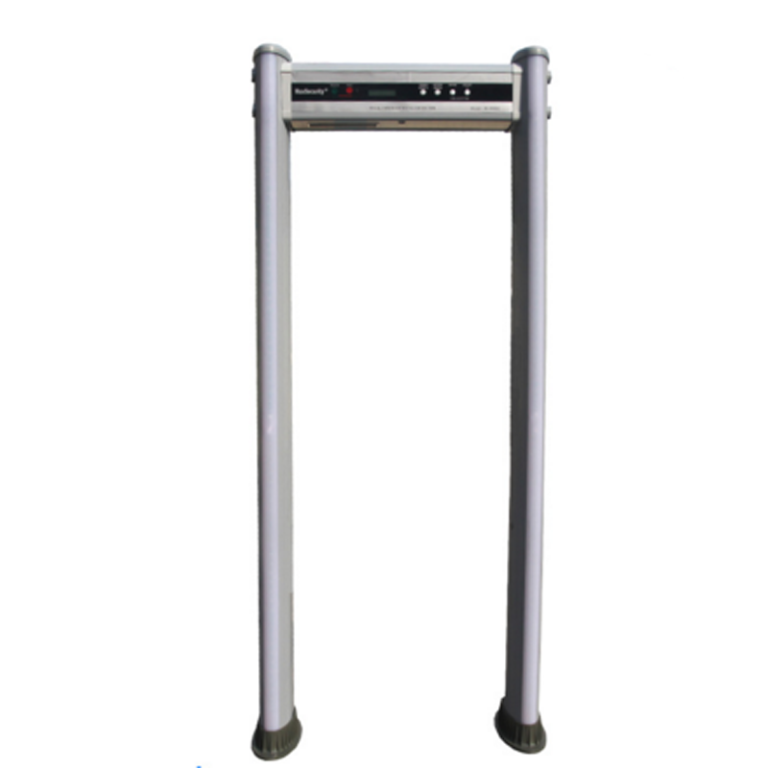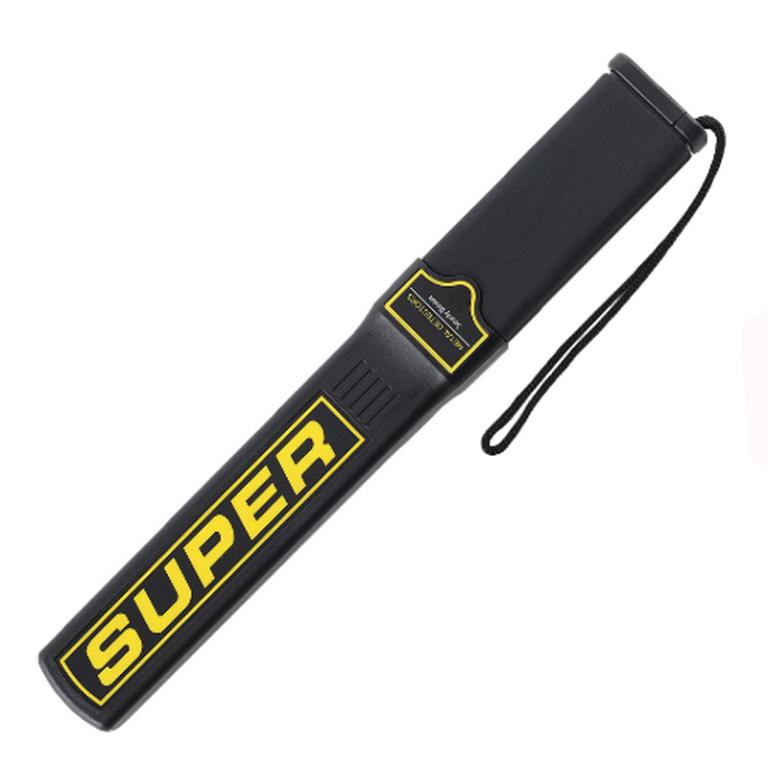Table of Contents
Evaluating the Efficiency: A Comparison of Various Industrial Metal Detector Models
Industrial metal detectors play a crucial role in a variety of sectors, including mining, food processing, and security. These devices are designed to detect metallic elements in different materials, ensuring product quality, safety, and compliance with industry standards. However, not all industrial metal detectors are created equal. The efficiency of these devices can vary significantly depending on the model, making it essential for businesses to understand the differences between various models before making a purchase.
Firstly, the sensitivity of an industrial metal detector is a critical factor to consider. This refers to the device’s ability to detect small or deeply buried metal objects. High-sensitivity models, such as those used in the food industry, can detect tiny metal fragments that could potentially contaminate products. On the other hand, lower-sensitivity models are typically used in industries where larger metal objects need to be detected, such as in construction or mining.
Secondly, the type of technology used in the metal detector can greatly influence its efficiency. For instance, Very Low Frequency (VLF) technology is commonly used in metal detectors for its ability to discriminate between different types of metals. This is particularly useful in industries like mining, where distinguishing between valuable and non-valuable metals is crucial. Conversely, Pulse Induction (PI) technology, which sends powerful, short bursts of current through a coil of wire, is more suited to detecting metal objects at greater depths, making it ideal for security and ground search applications.
Another important aspect to consider is the detector’s ability to operate effectively in different environments. Some models are designed to withstand harsh conditions, such as high temperatures, moisture, and corrosive materials. These robust models are often used in industries like mining and construction, where the equipment is exposed to extreme conditions. On the other hand, models designed for use in controlled environments, such as food processing plants, may not have the same level of durability but offer high precision and sensitivity.
The ease of use and maintenance of the metal detector is another factor that can impact its efficiency. Models with user-friendly interfaces and easy-to-understand instructions can reduce the time and effort required to operate and maintain the device, thereby increasing its overall efficiency. Additionally, models that come with self-diagnostic features can alert users to any potential issues, allowing for timely repairs and preventing costly downtime.
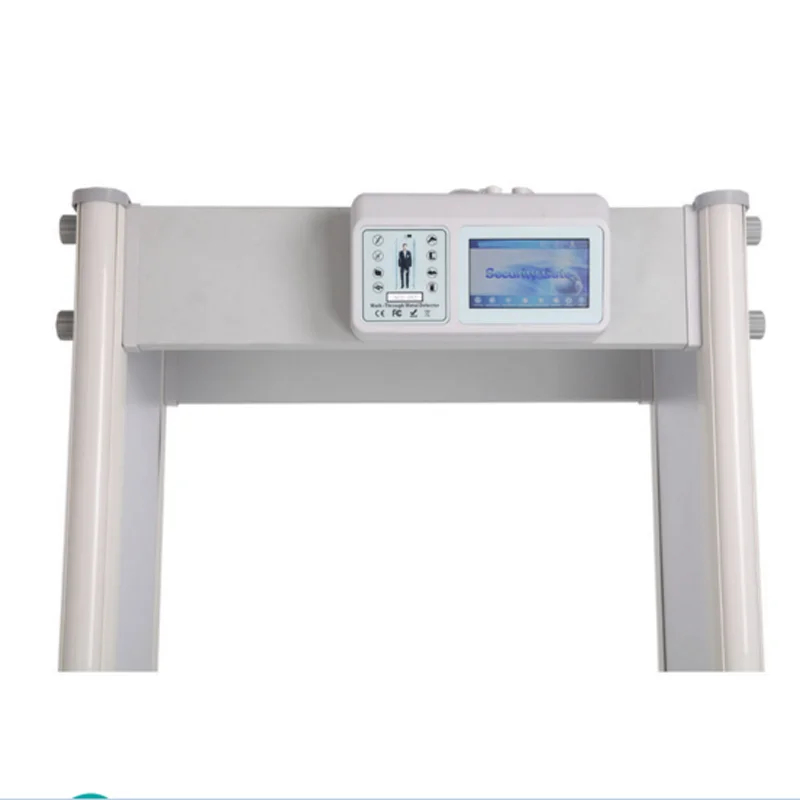
Lastly, the cost of the metal detector should also be taken into account. While high-end models with advanced features may offer superior performance, they may not always be the most cost-effective choice. It’s important to consider the specific needs of your business and choose a model that offers the best balance between cost and performance.
In conclusion, when comparing different models of industrial metal detectors, it’s essential to consider factors such as sensitivity, technology type, environmental suitability, ease of use and maintenance, and cost. By carefully evaluating these aspects, businesses can select a model that best meets their specific needs and ensures efficient and effective metal detection.
Understanding the Differences: A Comparative Study on Industrial Metal Detector Models
Industrial metal detectors play a crucial role in various industries, from food processing to mining, ensuring product quality and safety. These devices are designed to detect metallic contaminants or valuable minerals, depending on the application. However, not all industrial metal detectors are created equal. There are several models available in the market, each with its unique features and capabilities. This article aims to provide a comparative study on different models of industrial metal detectors, helping potential buyers make an informed decision.
Firstly, let’s consider the conveyor metal detector. This model is commonly used in the food industry to detect metal contaminants in products moving along a conveyor belt. It is designed to identify both ferrous and non-ferrous metals, including stainless steel. The conveyor metal detector is highly sensitive and can detect even the smallest metal particles. However, it may not be suitable for products with high moisture or salt content, as these can create false alarms.
On the other hand, the gravity feed metal detector is designed for free-falling products. It is typically used in industries such as grain milling, where products are dropped through a chute. This model is also highly sensitive and can detect both ferrous and non-ferrous metals. However, it may not be as effective in detecting stainless steel as the conveyor model.
Next, we have the pipeline metal detector, which is used for pumped products like meat slurries, sauces, and dairy products. This model is designed to detect metal contaminants in products that are transported through a pipe. It is highly effective in detecting all types of metals, including stainless steel. However, it may not be suitable for dry or solid products.
Another model worth mentioning is the Handheld Metal Detector. This portable device is used for spot-checking and can be used in various industries. It is highly versatile and can detect all types of metals. However, it may not be as sensitive as the other models and may not be suitable for high-volume production.
Lastly, the ground search metal detector is used in the mining industry to detect valuable minerals. This model is designed to penetrate the ground and can detect metals at significant depths. It is highly sensitive and can detect a wide range of metals. However, it may not be suitable for other industries due to its specific design.
In conclusion, each model of industrial metal detector has its strengths and limitations. The conveyor metal detector is ideal for products moving along a conveyor belt, while the gravity feed model is suitable for free-falling products. The pipeline model is perfect for pumped products, while the handheld model is versatile and portable. Lastly, the ground search model is ideal for detecting metals in the ground. Therefore, when choosing an industrial metal detector, it is essential to consider the specific needs and requirements of your industry.

